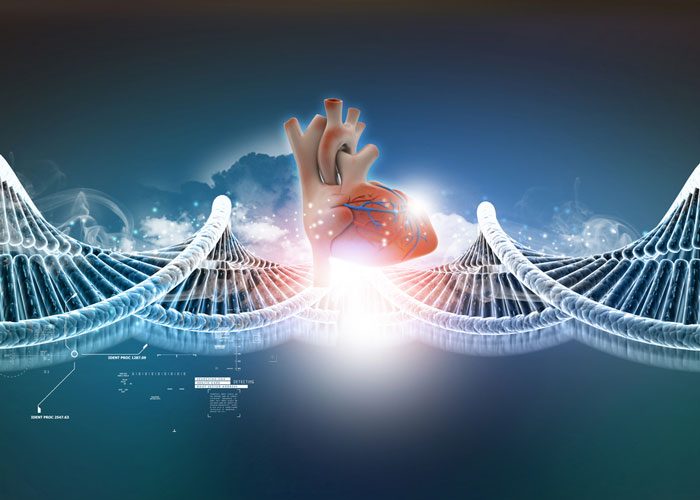Underlying genetic causes of congenital heart disease identified
Posted: 9 October 2017 | Dr Zara Kassam (Drug Target Review) | No comments yet
Researchers have helped shed light on some of the underlying genetic causes of CHD as well as the long-term outlook for patients who carry these mutations…


A study, conducted in collaboration with researchers at seven academic centres across the U.S., leverages clinical and genetic data from more than 2,800 patients with congenital heart disease (CHD) as well as information from parents, this has allowed the researchers at Brigham and Women’s Hospital (BWH) to determine which genetic mutations had been passed from parents to offspring and which had appeared spontaneously in the child’s genome.
The team reports several important findings:
- Some genetic mutations are transmitted from parents to children:
- The team identified mutations in one gene, FLT4, that consistently led to a condition known as Tetralogy of Fallot, a complex malformation that often presents with cyanosis, or “blue baby syndrome.”
- The team found that mutations in the gene encoding myosin, a contractile protein that is highly expressed during development accounted for about 11 percent of Shone syndrome.
- The team also reports a shared mutation among some CHD patients with Ashkenazian ancestry. The identical mutation in both gene copies of GDF1 accounted for approximately 5 percent of severe CHD among children of Ashkenazian descent could have direct clinical implications for assessing risk among people with this ancestry.
- Some mutations appear for the first time in a child’s genome:
- The team reports de novo mutations in many genes, but particularly in those that modify chromatin, a complex material that surrounds DNA and that undergoes dynamic changes during development.
- These mutations occurred most often in CHD children with other congenital defects and/or neurodevelopmental issues. Notably, these same genes have been previously associated with autism, which may account for high rates of neurocognitive issues in some children with CHD.
These new findings could be used to expand current genetic testing panels for CHD, to improve both information for parents about the recurrence risks in future children, and the long-term care of the CHD infants.
Whole-genome sequencing may be the most effective way to detect genetic variants that cause birth defects.
Dr Christine Seidman, director of the BWH Cardiovascular Genetics Center and Howard Hughes Medical Institute investigator notes that while this research is still ongoing, these findings already indicate that as many as 400 genes contribute to CHD. Given that, sequencing a baby’s whole genome may be a better approach than screening for specific mutations.
“Whole-genome sequencing may be the most effective way to detect genetic variants that cause birth defects and may affect a child’s short- and long-term care,” said Dr Seidman.
“As a clinician, there’s nothing more devastating than when parents ask us about future risk for a child with CHD or for having another child, and we have to tell them, ‘We don’t know,'” said Dr Seidman. “The discoveries revealed through this work not only teach us about the fundamental biology through which the heart gets built, but also have important clinical implications: Detecting these mutations could help us alert patients and parents to the risk of ongoing problems that can be addressed and managed, and define risk for a second child.”
Approximately one in every 100 babies is born with CHD, and CHD remains the leading cause of mortality from birth defects.
Although advancements in surgery and care have improved rates of survival for these infants, CHD patients remain at elevated risk for heart complications later in life, other congenital abnormalities and neurodevelopmental deficits. With relatively little known about the genes underlying many cases of CHD, pressing questions from parents about their children’s future health and about the risk of CHD for future offspring remain difficult for physicians to answer.
The findings have been published in Nature Genetics.
Related topics
Clinical trials, Disease research, Gene testing, Genomics, Research & Development
Related conditions
Congenital heart disease
Related organisations
Brigham and Women's Hospital (BWH), Howard Hughes Medical Institute investigator.
Related people
Dr Christine Seidman



